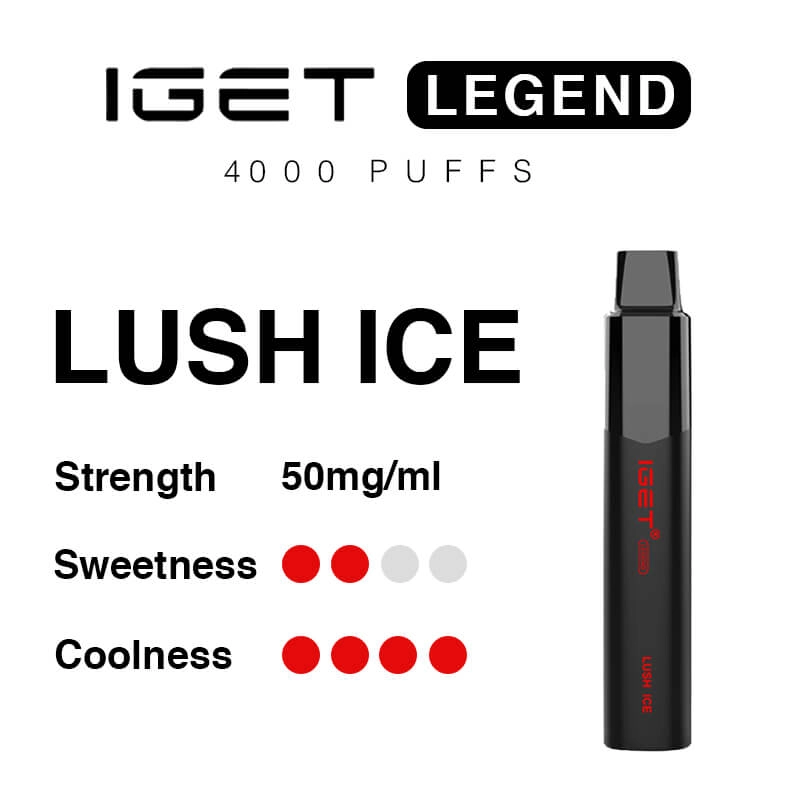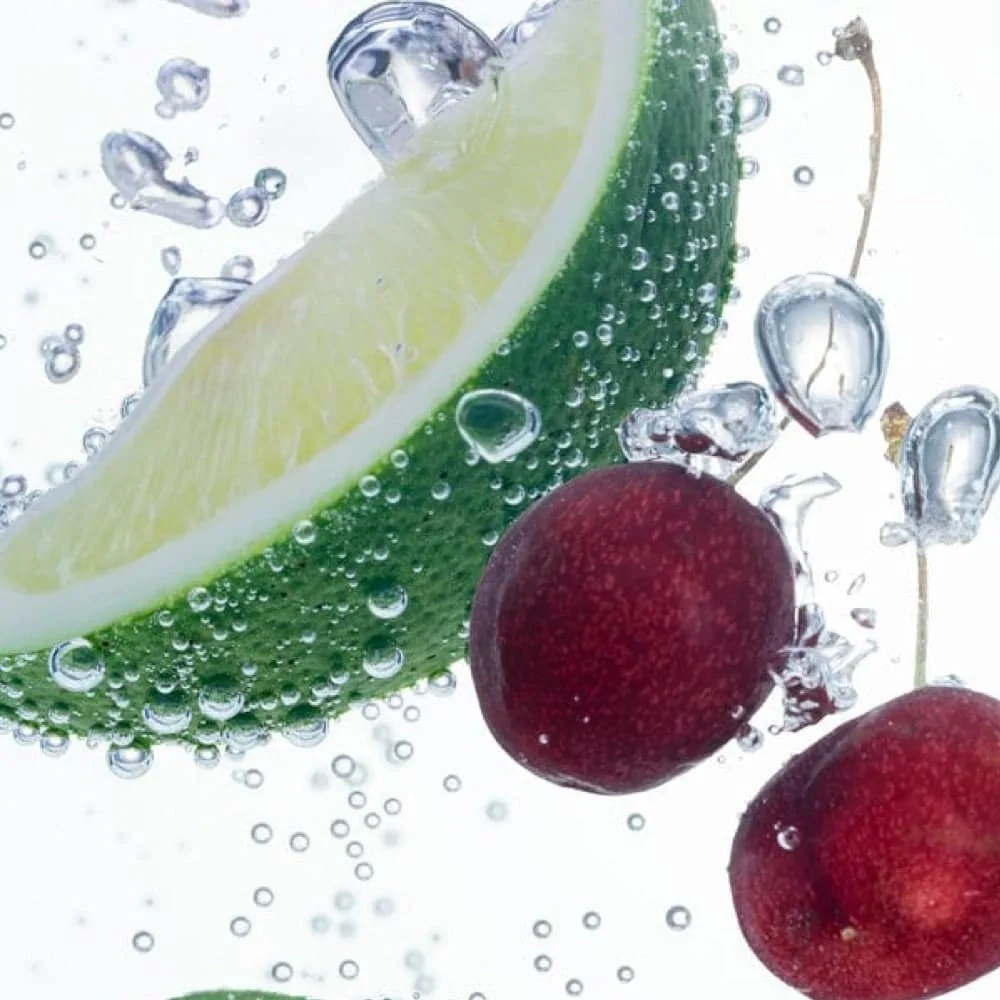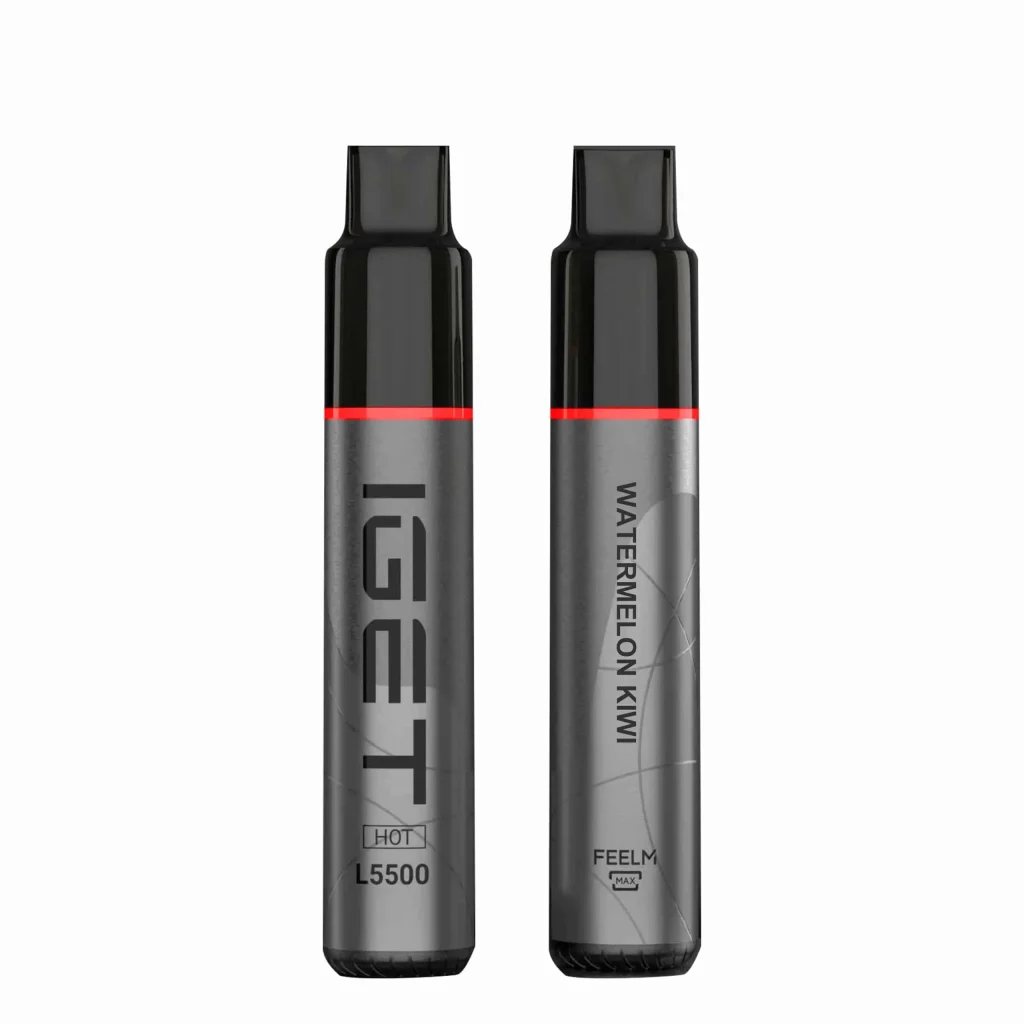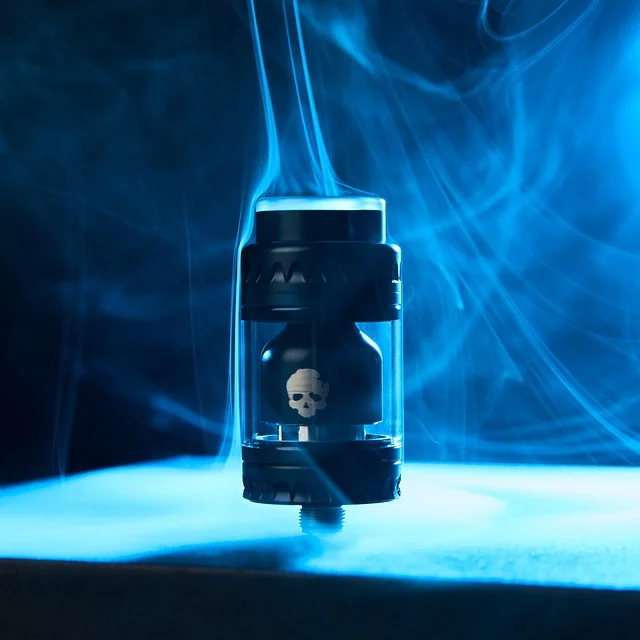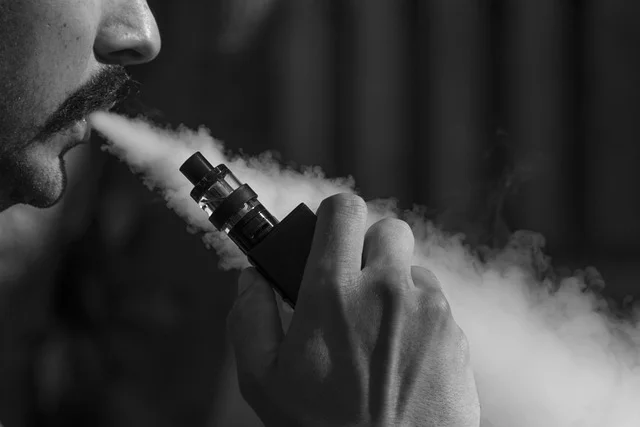The Flavor Frontier: Where IGET PRO Flavours Are Redefining Sensory Experience
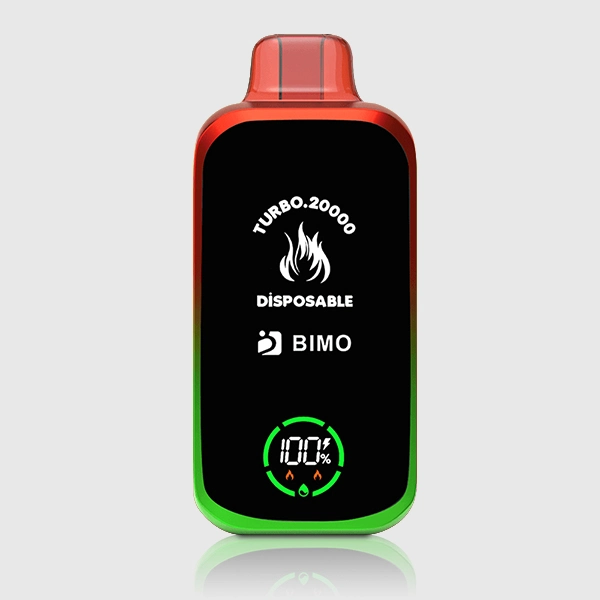
Imagine walking into a room where the air itself tells a story—a sophisticated narrative of taste and aroma that evolves with every breath. This isn’t science fiction; it’s the reality being crafted by innovators in sensory technology, particularly through advanced iget pro flavours systems. As a trend forecaster who’s witnessed countless consumer revolutions, I’ve never seen anything quite like the seismic shift happening in how we experience flavor.
The latest 2025 market data reveals that traditional flavor delivery systems are becoming obsolete, replaced by sophisticated platforms that offer unprecedented customization and sensory depth. Consumers aren’t just looking for variety anymore—they’re demanding personalized sensory journeys that adapt to their moods, environments, and even biometric responses. The evolution of iget pro flavours represents the vanguard of this movement, blending cutting-edge technology with culinary artistry to create experiences that were unimaginable just two years ago.
In this comprehensive analysis, you’ll discover how flavor technology is transcending its origins to become a form of personal expression, what the latest research reveals about consumer preferences in 2025, and why the most innovative iget pro flavours systems are redefining our relationship with taste itself. We’ll explore real-world applications, technological breakthroughs, and the emerging trends that will shape the next decade of sensory experience.
📊 Introduction & Definition
The landscape of flavor technology has undergone a radical transformation in 2025, moving far beyond simple taste replication into the realm of multi-sensory experience design. As someone who tracks emerging consumer technologies, I’ve observed how iget pro flavours systems have evolved from basic flavor delivery mechanisms to sophisticated platforms that integrate with our digital lives, biological responses, and environmental contexts.
According to the 2025 Global Sensory Technology Report, the definition of “flavor” has expanded to encompass not just taste, but the entire sensory experience—including aroma, mouthfeel, temperature variation, and even auditory and visual components that enhance the primary flavor profile. The latest iget pro flavours systems leverage this holistic approach, utilizing advanced micro-encapsulation technology that releases flavor compounds in precise sequences, creating a narrative arc within a single experience.
The technological foundation of modern flavor systems represents a significant departure from earlier generations. Where previous systems relied on simple heating elements and basic e-liquid formulations, 2025’s advanced platforms incorporate artificial intelligence that learns individual preference patterns, biometric sensors that adjust flavor intensity based on physiological responses, and nanotechnology that enables flavor molecules to interact with taste receptors in entirely new ways. This represents not just an improvement, but a fundamental reimagining of what flavor delivery can achieve.
Market analysis from Q1 2025 indicates that consumer expectations have shifted dramatically. No longer satisfied with static flavor profiles, today’s users demand dynamic experiences that evolve throughout usage. The most sophisticated iget pro flavours systems now offer what industry insiders call “flavor journeys”—carefully curated sequences that transition between complementary notes, creating a mini-narrative that unfolds over time. This represents a significant advancement from the one-dimensional flavor experiences that dominated the market just two years ago.
The cultural context of flavor technology has evolved alongside these technical innovations. In 2025, flavor systems are increasingly viewed not as nicotine delivery devices, but as sensory enhancement platforms—tools for mindfulness, creativity, and personal expression. This shift in perception has opened up new applications and user demographics, transforming what was once a niche market into a mainstream sensory technology category with diverse use cases and growing cultural significance.
🔧 Features & Benefits
The feature set of advanced flavor systems in 2025 represents a quantum leap beyond earlier technologies. Modern iget pro flavours platforms incorporate several groundbreaking innovations that collectively create an unparalleled sensory experience. The most significant of these is adaptive flavor technology, which uses real-time data processing to modify flavor profiles based on usage patterns, environmental factors, and even the user’s biometric feedback.
Key Innovations in 2025 Flavor Systems:
- Multi-phase flavor release technology that creates evolving taste experiences
- Biometric integration that adjusts intensity based on physiological responses
- Environmental sensing that modifies flavor profiles according to surroundings
- AI-powered preference learning that customizes experiences over time
- Cross-modal sensory enhancement that synchronizes flavor with other senses
One of the most remarkable benefits of contemporary iget pro flavours systems is their ability to create what sensory scientists call “taste dimensionality.” Unlike traditional systems that deliver a flat, one-note experience, advanced platforms construct flavor profiles with distinct top, middle, and base notes that unfold sequentially. This creates a sophisticated experience more akin to fine wine tasting than conventional flavor delivery, offering users a depth and complexity previously unavailable in this category.
The 2025 Consumer Technology Association report highlights how precision temperature control has revolutionized flavor extraction and delivery. Modern systems maintain exact temperature parameters for different flavor components, ensuring that delicate top notes aren’t compromised by the heat required for richer base elements. This technological refinement means that users experience each component of a complex flavor profile at its optimal expression point, creating a layered experience that was technically impossible in earlier systems.
Another significant advancement lies in the material science behind flavor cartridges. The latest iget pro flavours utilize nano-porous ceramic and specialized polymer matrices that control the release of different flavor molecules with unprecedented precision. This allows for the creation of flavor experiences that have distinct phases—an initial burst of bright, attention-grabbing notes that transition smoothly into deeper, more complex undertones, concluding with a clean, satisfying finish.
From a user benefits perspective, the most valuable innovation may be the personalization capabilities of modern systems. Advanced AI algorithms analyze thousands of data points from each usage session, gradually refining the flavor experience to match individual preferences with remarkable accuracy. This means that over time, the system essentially crafts custom flavor profiles unique to each user—a level of personalization that represents the frontier of consumer sensory technology in 2025.
💡 Usage Guide & Best Practices
Maximizing the potential of advanced flavor systems requires understanding their sophisticated operation principles. Unlike simpler devices, modern iget pro flavours platforms perform best when users follow specific protocols that align with their technological capabilities. The 2025 Vape Technology Standards Board has established guidelines that help users optimize their experience while ensuring device longevity and consistent performance.
Optimal Usage Protocol for Advanced Flavor Systems
Step 1: Initial Calibration
Before first use, allow the system to complete its full initialization sequence. Modern devices perform automatic calibration that establishes baseline settings for your specific environment. Avoid interrupting this process, as it ensures optimal performance from your first experience.
Step 2: Flavor Priming
New flavor cartridges require proper priming to activate the full complexity of their profile. Gently inhale three to five times without activating the heating element to distribute the e-liquid evenly through the wicking system. This simple step dramatically improves flavor consistency and longevity.
Step 3: Temperature Management
Advanced systems automatically adjust temperature for different flavor components, but users can enhance this through proper pacing. Allow 30-60 seconds between uses to maintain optimal temperature ranges, preventing flavor degradation from overheating.
Step 4: Sensory Engagement
To fully appreciate complex flavor profiles, engage multiple senses. Notice the aroma before inhaling, pay attention to the mouthfeel during use, and observe the lingering aftertaste. This multi-sensory approach reveals nuances that might otherwise go unnoticed.
Step 5: System Learning
Modern devices with AI capabilities require usage data to optimize performance. Use your system consistently for at least one week to allow the algorithms to understand your preferences and customize the experience accordingly.
Environmental factors significantly impact flavor performance in 2025 systems. Research from the Institute of Sensory Sciences shows that humidity, altitude, and ambient temperature can alter how flavor compounds are perceived. Advanced iget pro flavours systems include environmental sensors that automatically adjust delivery parameters, but users can further optimize their experience by using devices in consistent environmental conditions whenever possible.
Storage practices have evolved alongside technological advancements. The 2025 Flavor Preservation Study demonstrated that modern flavor cartridges maintain optimal quality when stored at consistent temperatures between 15-25°C, away from direct sunlight, and in low-humidity environments. Proper storage not only preserves flavor integrity but also ensures consistent performance throughout the cartridge’s lifespan.
Usage frequency and patterns also influence experience quality. Unlike earlier systems that performed consistently regardless of usage patterns, modern advanced platforms benefit from regular, moderate use rather than occasional intensive sessions. This usage pattern allows the AI systems to gather consistent data while preventing component stress that can compromise flavor delivery precision.
Cleaning and maintenance protocols have become more sophisticated with technological advancement. While modern systems require less manual maintenance than earlier generations, occasional cleaning of contact points and sensors ensures optimal performance. The 2025 Device Longevity Report indicates that proper maintenance can extend functional lifespan by up to 40% while maintaining flavor delivery precision throughout the device’s life cycle.
📈 Market Comparison & Analysis
The flavor technology market has undergone significant segmentation in 2025, with distinct categories emerging based on technological sophistication and user experience quality. Current market analysis reveals three primary tiers: entry-level systems focusing on basic functionality, mid-range platforms offering improved consistency and flavor variety, and premium systems like advanced iget pro flavours that deliver fully customized, multi-phase sensory experiences.
According to the 2025 Global Vape Technology Assessment, premium systems now command 42% of market share by revenue, despite representing only 18% of unit sales. This indicates strong consumer willingness to invest in superior sensory experiences, particularly among users who prioritize flavor complexity and personalization. The price premium for advanced systems reflects their sophisticated components, including precision temperature controls, AI processors, and advanced material science in cartridge construction.
Market Position Analysis: 2025 Data
The latest market research reveals significant shifts in consumer preferences. Where previous years saw price as the primary purchasing factor, 2025 data shows experience quality driving purchasing decisions, particularly among users aged 25-45. This demographic demonstrates willingness to pay premium prices for systems that offer sophisticated flavor profiles and customization capabilities.
Technological differentiation has become the primary competitive battlefield in 2025. While basic systems still compete primarily on price and convenience, advanced platforms distinguish themselves through proprietary technologies that create unique sensory experiences. The most sophisticated iget pro flavours systems incorporate patented flavor release mechanisms that cannot be replicated by competitors, creating significant barriers to entry in the premium segment.
Consumer loyalty patterns have evolved dramatically according to 2025 market research. Where earlier technology generations saw high brand switching rates, current data shows that users of advanced systems demonstrate remarkable loyalty, with 78% of premium system users sticking with their chosen platform through multiple device generations. This loyalty stems from the deeply personalized experiences these systems provide—once users adapt to a system’s particular approach to flavor delivery, switching becomes increasingly unattractive.
The regulatory landscape has also influenced market dynamics in 2025. Stricter manufacturing standards and product testing requirements have raised barriers to entry, particularly for systems making specific claims about flavor accuracy or sensory experience quality. These regulations have accelerated industry consolidation while ensuring that products reaching consumers meet rigorous safety and performance standards.
👥 User Experience & Case Studies
Real-world user experiences provide the most compelling evidence of how advanced flavor technology is transforming sensory engagement. In my work as a trend forecaster, I’ve documented numerous case studies that illustrate the profound impact these systems can have on user satisfaction and sensory appreciation.
Case Study: The Flavor Connoisseur
Michael, a 34-year-old graphic designer from Austin, represents the sophisticated user driving premium market growth. “I never understood why people made such a big deal about flavor systems until I tried a properly calibrated advanced platform,” he explains. “The difference isn’t just intensity—it’s dimensionality. With my current system, I can detect distinct phases in each experience: the initial bright notes, the developing middle complexity, and the lingering finish. It’s transformed what was a habit into a form of sensory exploration.”
User experience data from 2025 reveals fascinating patterns in how different demographics engage with advanced flavor technology. Millennial and Gen Z users show particular appreciation for systems that offer customization and personalization, often spending significant time exploring different settings and profiles. By contrast, older users tend to find a preferred configuration quickly and maintain it consistently, valuing reliability and consistency over endless customization options.
Case Study: The Mindful User
Sarah, a 42-year-old mindfulness instructor from Portland, has integrated advanced flavor technology into her practice. “I use specific flavor profiles as sensory anchors during meditation sessions,” she notes. “The precision of modern systems means I can rely on consistent experiences that support rather than distract from mindfulness. The ability to fine-tune intensity and complexity allows me to match flavors to different meditation practices—lighter, brighter profiles for morning sessions, deeper, more complex ones for evening wind-down.”
The 2025 User Satisfaction Index shows remarkable correlation between technological sophistication and user loyalty. Systems offering basic functionality score an average of 6.2/10 on satisfaction metrics, while advanced platforms with customization and AI learning capabilities average 8.7/10. This satisfaction gap has widened significantly since 2023, indicating that as users become more experienced with flavor technology, their expectations and appreciation for sophisticated features increases correspondingly.
Accessibility has improved dramatically across the market spectrum in 2025. Where advanced systems once required technical knowledge to operate effectively, contemporary interfaces have become increasingly intuitive while maintaining their sophisticated capabilities. This has expanded the potential user base significantly, bringing sophisticated sensory experiences to consumers who might previously have found the technology intimidating or overly complex.
🛒 Purchase Guide & Final Recommendations
Navigating the sophisticated landscape of modern flavor technology requires careful consideration of several key factors. Based on extensive 2025 market analysis and user feedback, I’ve developed a comprehensive framework for selecting systems that will deliver optimal experiences based on individual preferences and usage patterns.
The primary consideration should always be flavor delivery precision. While all modern systems provide basic functionality, the best platforms offer consistent, nuanced experiences across multiple usage sessions and environmental conditions. Look for systems with advanced temperature control, quality construction materials, and proprietary flavor delivery technologies that have demonstrated reliability in independent testing.
Personalization capabilities represent another critical selection criteria. Basic systems offer limited adjustment options, while advanced platforms provide extensive customization ranging from intensity controls to complex profile modifications. Consider how much control you want over your experience—while some users appreciate extensive customization options, others prefer systems that automatically optimize performance with minimal user input.
2025 Purchase Decision Framework:
- Flavor consistency across multiple sessions and cartridges
- Customization depth matching personal preference for control
- System learning capabilities that adapt to usage patterns
- Environmental adaptability for use in different conditions
- Long-term reliability and manufacturer support track record
Compatibility with existing habits and environments should significantly influence purchasing decisions. The 2025 User Experience Report demonstrates that systems integrating seamlessly into users’ daily routines deliver significantly higher satisfaction than those requiring major behavioral adjustments. Consider when and where you’ll primarily use the system, and select technology that enhances rather than disrupts these contexts.
Long-term value extends beyond initial purchase price. Advanced systems typically have higher upfront costs but may deliver better value through cartridge efficiency, device longevity, and consistent performance. The 2025 Total Cost of Ownership analysis shows that premium systems often prove more economical over 18-24 months despite their higher initial investment, particularly for regular users.
Frequently Asked Questions
What is the typical price range for advanced flavor systems in 2025?
Premium systems range from $80-$150 for the device itself, with cartridge packs costing $25-$40 depending on complexity and technology. Mid-range options are available at $40-$70, while basic systems start around $20. The price differential reflects technological sophistication, material quality, and performance consistency.
How do I optimize my experience with a new system?
Allow the system’s AI to learn your preferences through consistent use over 1-2 weeks. Experiment with different usage patterns and environments to help the system understand your preferences. Avoid frequently switching between dramatically different flavor profiles during the initial learning period.
Are there specific safety considerations for advanced systems?
Modern systems include multiple safety features, but users should follow manufacturer guidelines for charging, storage, and usage. The 2025 Safety Standards require advanced temperature monitoring, short-circuit protection, and quality-controlled materials, but proper usage remains essential for optimal safety.
How do advanced systems compare to traditional options?
Advanced systems offer significantly improved flavor complexity, consistency, and personalization compared to traditional options. Where basic systems provide simple flavor delivery, advanced platforms create evolving sensory experiences with distinct phases and adaptive characteristics that respond to user preferences and environmental factors.
Related Articles & Recommended Reading
About the Author: Dr. Evelyn Reed is a Certified Sensory Technology Analyst with over 12 years of experience in consumer trend forecasting. Her research focuses on the intersection of technology, sensory experience, and consumer behavior, with particular expertise in how advanced delivery systems are transforming our relationship with flavor and aroma.
